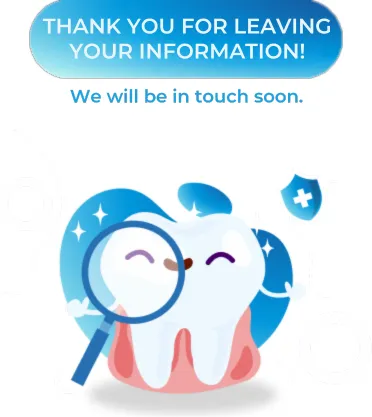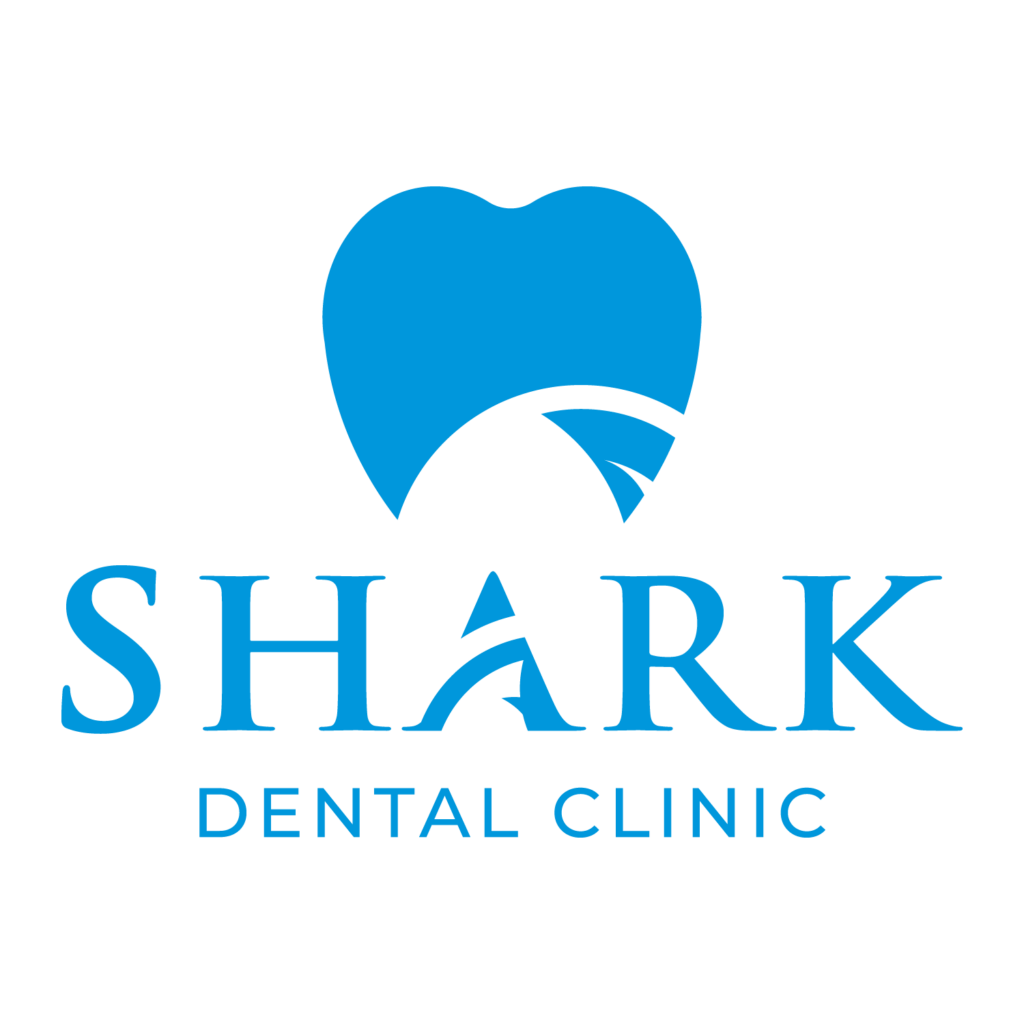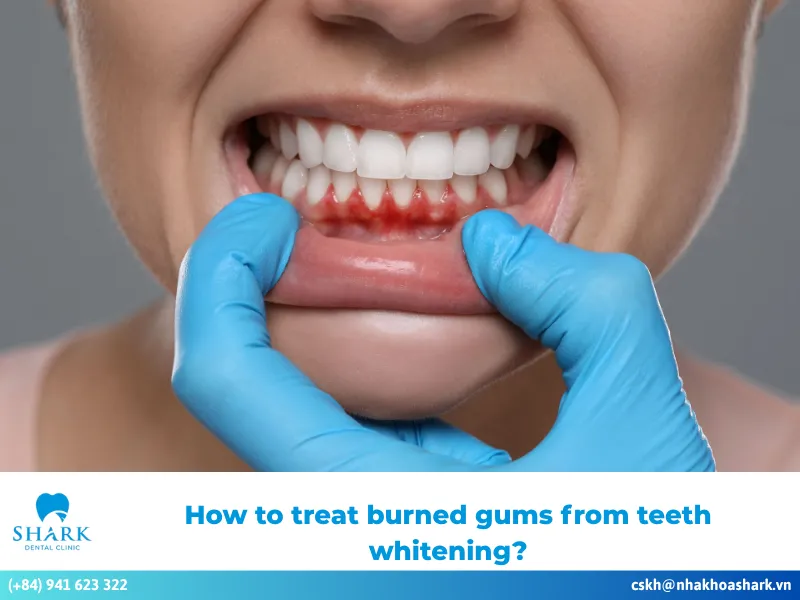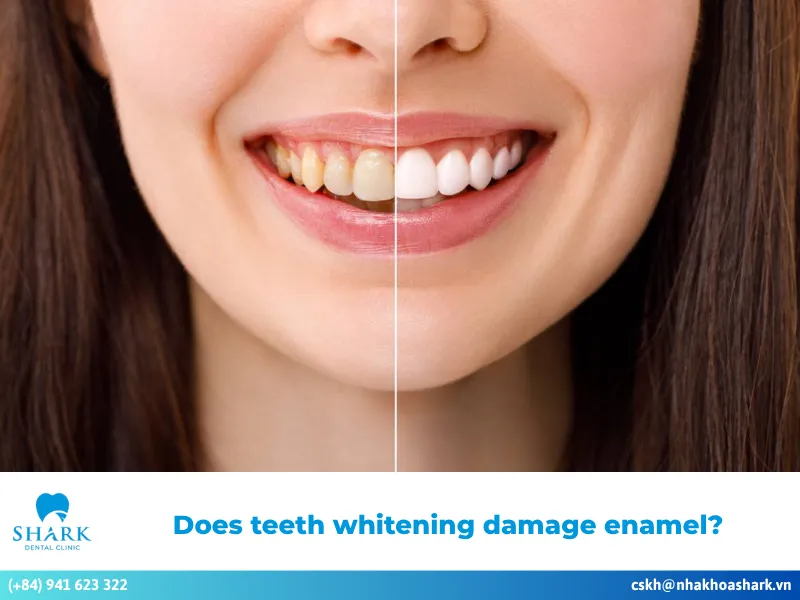Using whitening strips is a popular cosmetic trend that helps improve discolored or yellowed teeth. However, many people wonder, “Should I brush my teeth before using whitening strips?” To find the most accurate answer, let’s explore the details in the article below.
Should I brush my teeth before using whitening strips?
You can definitely brush your teeth before applying whitening strips. Proper brushing beforehand offers several benefits:
- Cleanses the oral cavity: Brushing helps clean the mouth and tooth surfaces, reducing bacteria and leftover food debris. This allows the whitening strips to adhere better to your teeth, enhancing the whitening results.
- Removes plaque and buildup: Brushing eliminates food particles, bacteria, and impurities, improving contact between the whitening gel and the tooth surface. It also helps prevent common dental issues such as tooth decay and gum inflammation.
- Reduces gum irritation: Proper brushing before applying whitening strips lowers the risk of gum irritation during application.

How to brush your teeth after using teeth whitening strips?
To maximize the whitening effect and minimize the risk of sensitivity, gum inflammation, and soft tissue irritation, it’s important to brush your teeth correctly after using whitening strips. If you’re wondering whether to brush your teeth after applying whitening strips, the answer is yes, but keep the following points in mind:
- Wait about 30 minutes: After removing the whitening strips, wait at least 30 minutes before brushing your teeth. This allows the whitening agents to fully penetrate the enamel and break down surface stains. Brushing too soon may cause gum irritation or tooth sensitivity, so waiting gives your enamel time to stabilize and recover.
- Use a soft-bristled toothbrush: After whitening, use a soft-bristled toothbrush designed for sensitive teeth and gums. These brushes have rounded, gentle bristles that clean effectively without causing abrasion to the enamel or irritation to the gums.
- Choose the right toothpaste: There are many natural-based toothpaste products available that are suitable for people with sensitive teeth. After using whitening strips, it’s recommended to switch to these gentle formulas to maintain oral comfort and protect enamel.
- Brush gently: Whitening strips may cause temporary tooth sensitivity, so avoid brushing too forcefully. Gentle brushing across the tooth surface and between teeth helps remove debris and bacteria without damaging your enamel or gums.
- Rinse your mouth: In addition to brushing, remember to rinse your mouth daily with physiological saline or a specialized antibacterial mouthwash. Rinsing helps clean the oral cavity, removes any residual whitening gel, and reduces the risk of tooth sensitivity or pain after teeth whitening.
Proper oral hygiene after using whitening strips is essential and highly recommended. If you wish to maintain bright, white, and healthy teeth, be sure to follow the correct steps for brushing and oral care both before and after using whitening strips.
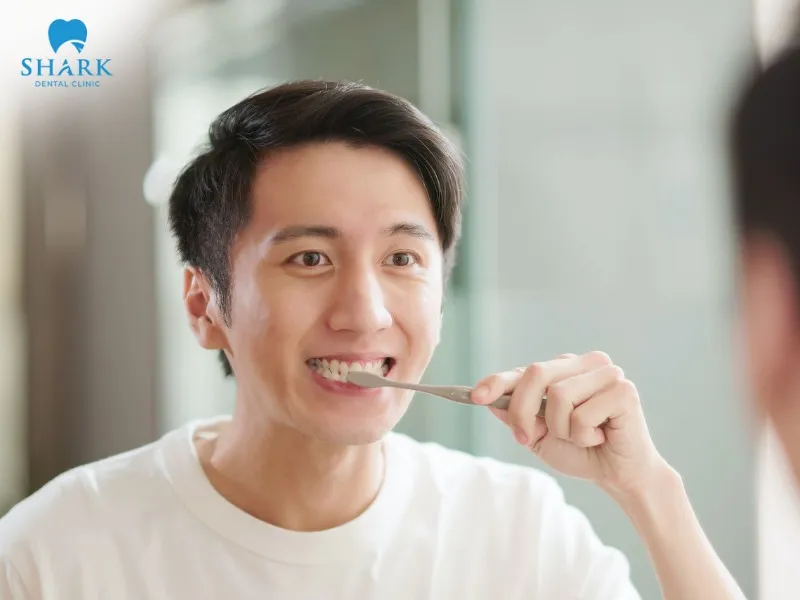
>>> See more: Teeth whitening for sensitive teeth
How to use teeth whitening strips most effectively
Using teeth whitening strips is a popular method for removing yellow stains and discoloration, allowing you to achieve a brighter smile. However, not everyone knows how to use whitening strips effectively. Follow these steps for optimal results:
Step 1: Clean your teeth and mouth thoroughly
Before applying whitening strips, it’s important to clean your mouth properly. Dentists recommend this step to help the strips adhere more securely to your teeth and to reduce the risk of infection.
Step 2: Apply the whitening strips
After cleaning your teeth, peel off the protective layer from the whitening strip and carefully place it on your teeth, ensuring a snug fit along the tooth surface.
Step 3: Keep the whitening strips on
For the desired whitening effect, keep the strips on for at least 30 minutes. During this time, it’s best to avoid eating, drinking, or talking. To minimize irritation, you may use a small piece of cotton to keep the strips from touching your lips or gums.
Step 4: Remove the strips
Once the whitening agents have penetrated deeply into the enamel, gently remove the strips. Use a soft cloth to wipe away any remaining gel from the surface of your teeth, and rinse your mouth with clean water to ensure your oral cavity is completely clean.
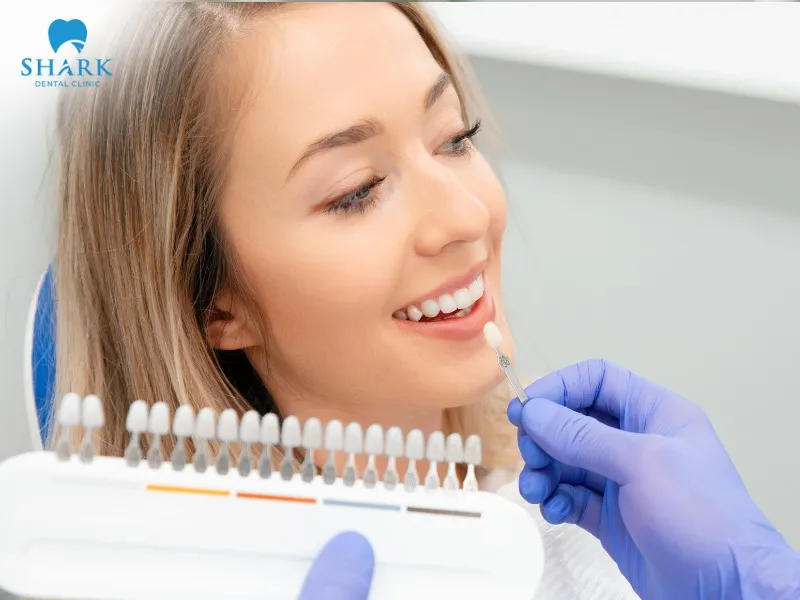
What should you not do after using teeth whitening strips?
Here are some important things to avoid after applying whitening strips:
- Do not leave the strips on for more than 30 minutes: Keeping whitening strips on your teeth for longer than 30 minutes can cause gum irritation.
- Do not use whitening strips if your teeth are sensitive: If you have sensitive teeth that are easily irritated or painful, it’s best to avoid using whitening strips. The whitening ingredient hydrogen peroxide may increase sensitivity and lead to prolonged discomfort.
- Do not use on dental restorations: Whitening strips are designed for natural teeth only. They should not be used on crowns, veneers, or other cosmetic dental work, as these materials do not respond to whitening agents.
- Do not use on children under 18 years old: If you are under 18, avoid using whitening strips. At this age, enamel is still developing, and whitening treatments can potentially damage the natural structure of your teeth.
- Avoid dark-colored foods and drinks: After using whitening strips, avoid consuming dark-colored foods and beverages such as turmeric, curry, coffee, and carbonated soft drinks, as these can cause discoloration and diminish the results of whitening.

This article has helped you understand whether should I brush my teeth before using whitening strips and how to brush effectively afterward. Save this crucial information as part of your daily oral care routine to maintain bright, healthy, and confident teeth every day!

